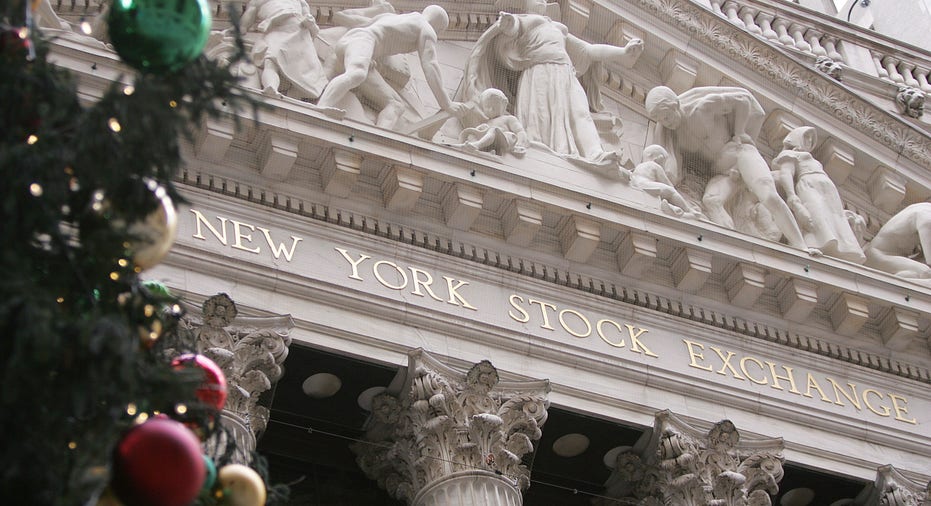NYSE to Calculate Circuit Breakers Based on S&P 500, Not DJIA

Ditching the Dow Jones Industrial Average, the New York Stock Exchange said this week that come February its circuit breakers will be based solely on the broader S&P 500.
The circuit breaker thresholds, which are announced quarterly, determine when the iconic exchange can shut down or slow trading to maintain order in the event of an enormous single-day selloff in the equities markets.
For example, a 1,300-point plunge for the Dow before 2 p.m. ET will result in a trading halt for one hour.
Big Board parent NYSE Euronext (NYSE:NYX) said the latest circuit-breaker collar trigger levels will be based on the Dow only through February 1 and then new ones will be spelled out based on the S&P 500.
NYSE didn’t spell out a rationale for the move, but it underscores a shift away from the better known but less broad blue chips.
While many Americans are familiar with the Dow 30 and its round numbers, traders tend to focus far more on the S&P 500 because it is more representative of the overall stock market.
The blue-chip index doesn’t include big-name stocks like Apple (NASDAQ:AAPL) and Google (NASDAQ:GOOG), while the S&P 500 does.
In 2010 the CME Group (NYSE:CME) acquired a 90% stake in Dow Jones Indexes, which houses the Dow 30, from FOX Business parent News Corp. (NASDAQ:NWSA).
In July 2012 CME and McGraw-Hill (NYSE:MHP), the parent of Standard & Poor’s, formed a joint venture to combine index businesses by creating S&P Dow Jones Indices.
NYSE said that through February 1, a Level 1 halt on the blue chips, or a 10% decline, will force a stop to trading for one hour if before 2 p.m. and for 30 minutes if between 2 p.m. and 2:30 p.m.
Trading will be halted for two hours if the Dow suffers a 2,650-point nosedive before 1 p.m. and for one hour if between 1 p.m. and 2 p.m. NYSE will shut down trading for the remainder of the day if such a decline comes at 2 p.m. or later.
NYSE also said it will pull the plug on trading for the remainder of the day if a 3,950-point decline occurs, no matter the time.



















